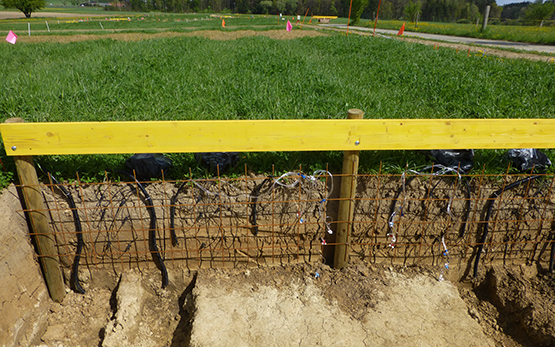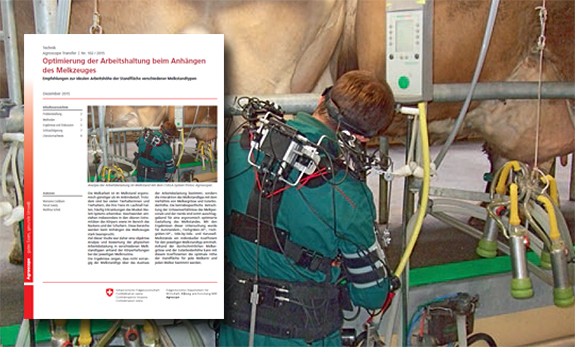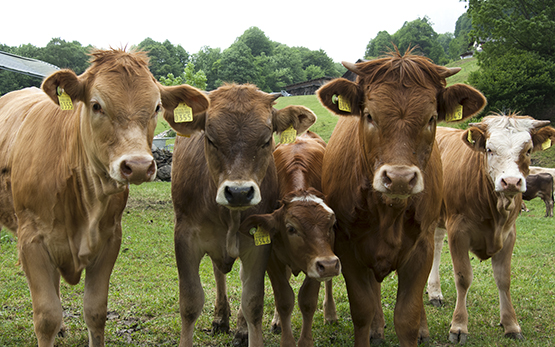How does compacted soil recover?
It takes mere seconds to compact a soil, but years or even decades for it to recover. Biological activities by plant roots and soil organisms (earthworms) as well as physical effects like drying out and rewetting phases, and freezing-thawing cycles are vital for natural regeneration. Exactly how recovery happens is being investigated in a long-term field trial. For this, an observational infrastructure with hundreds of soil probes – the Soil Structure Observatory (SSO) – was set up in 2014 together with ETH Zurich. After the initial compaction event, a fallow, a permanent grassland and a crop rotation with and without tillage were set up. This allows to analyse e.g. the influence of plants and tillage on recovery.
Bodenfruchtbarkeit und Bodenschutz
SoilStructureObservatory
Regeneration verdichteter Böden








